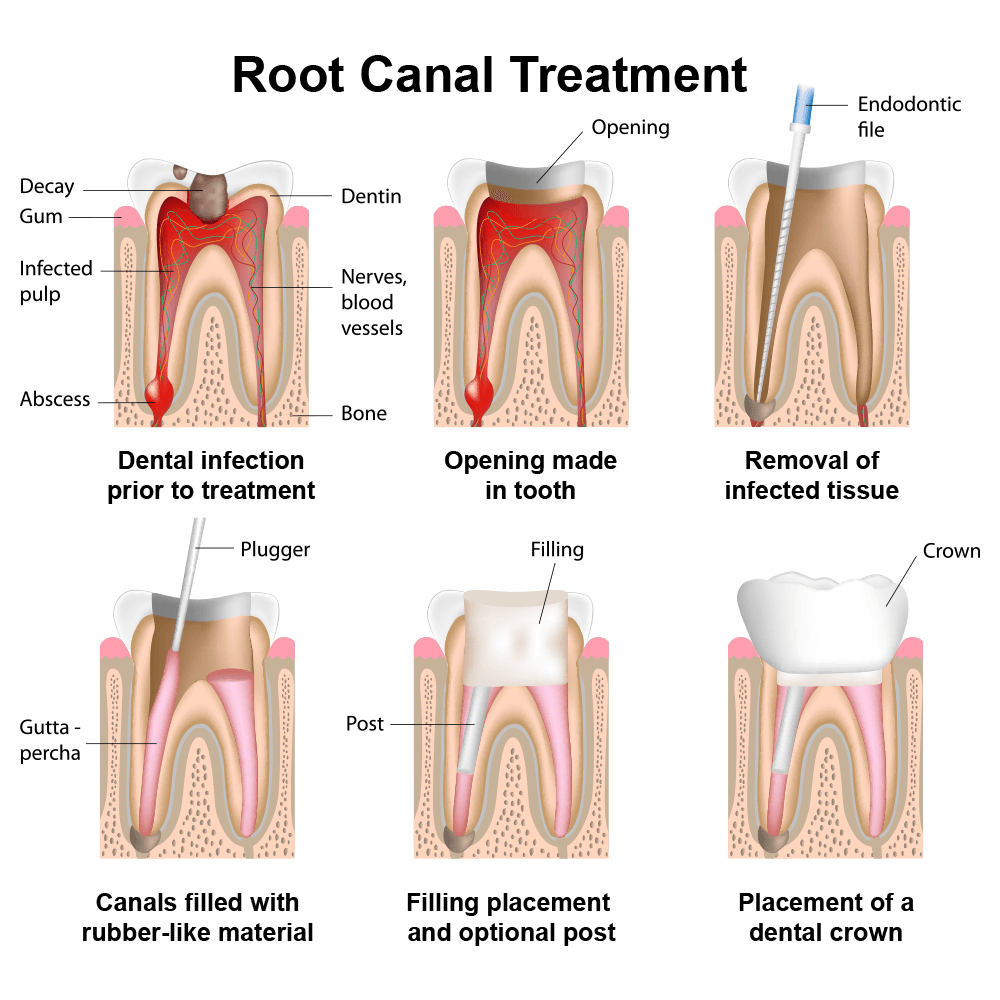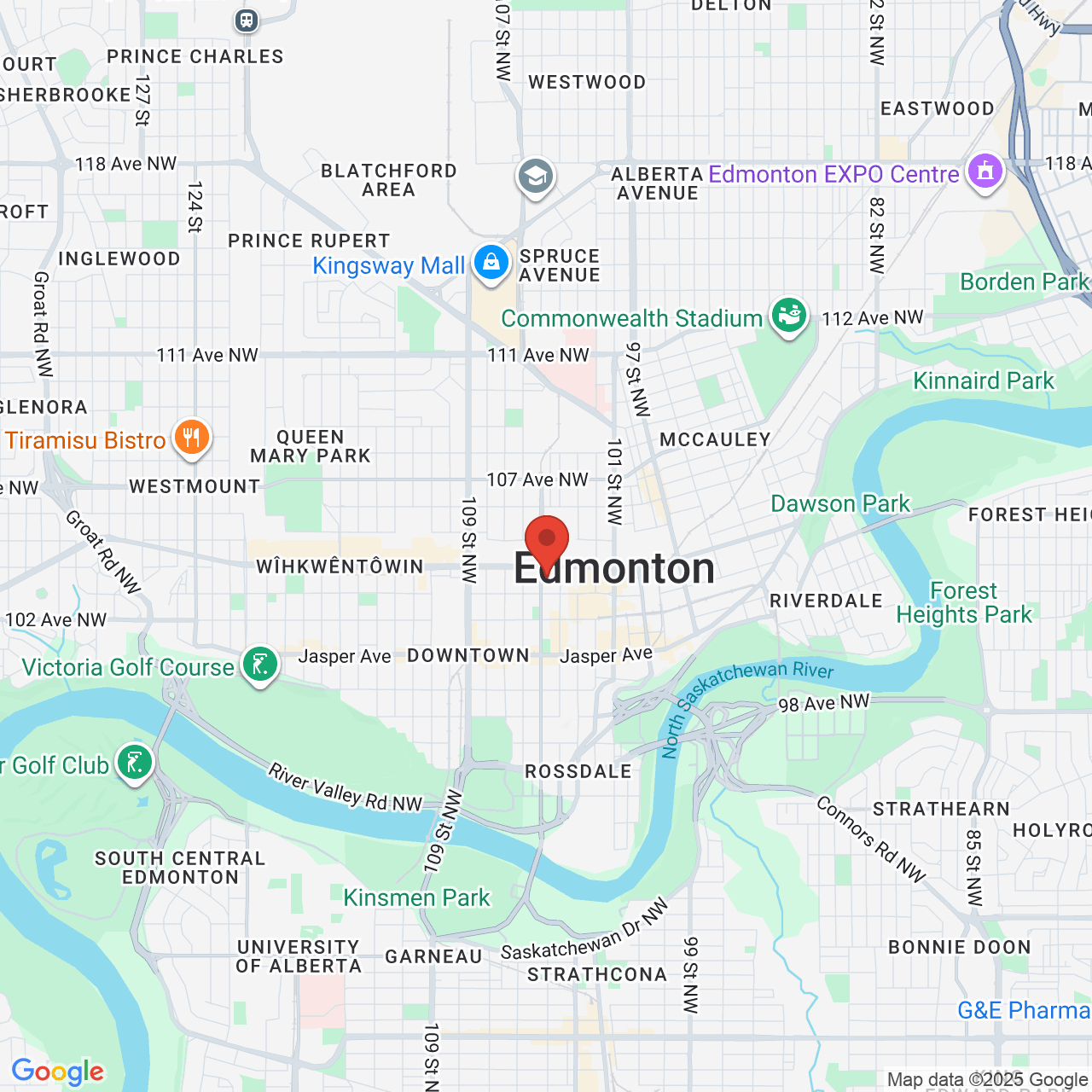What Is a Root Canal?
 At his cosmetic, implant, and family dentistry practice, Dr. Nathaniel Podilsky offers root canal therapy to eliminate infection from the nerves and tissues at the center of the tooth. Here, we discuss what the root canal procedure involves, and how we can restore tooth strength and prevent tooth loss for our Edmonton, AB patients.
At his cosmetic, implant, and family dentistry practice, Dr. Nathaniel Podilsky offers root canal therapy to eliminate infection from the nerves and tissues at the center of the tooth. Here, we discuss what the root canal procedure involves, and how we can restore tooth strength and prevent tooth loss for our Edmonton, AB patients.
A Root Canal Is an Anatomical Structure
Many people use the term root canal to refer to root canal therapy. In fact, the root canals are anatomical structures within the tooth. Each tooth contains between one and four root canals. These chambers run through the center of the tooth and contain the tooth’s nerves and tissues, which is called pulp or the soft tissues of the tooth.
What Is a Root Canal Infection?
A root canal infection affects the pulp of the tooth. If the crown of a tooth has been damaged by tooth decay, acid erosion, or injury, it leaves openings that allow bacteria to enter the center of the tooth.
As bacteria multiply, the tissues in the pulp of the tooth become inflamed and an infection develops. This infection can spread throughout the root canals and to the roots of a tooth. In some cases, an abscess may also form by the roots of the tooth.
A root canal infection threatens the strength and structure of the tooth, as well as its supportive system of roots. In addition to causing extreme discomfort, a root canal infection can ultimately lead to tooth loss.
What Is Root Canal Therapy?
Root canal therapy is a straightforward procedure that can eliminate infection, restore oral comfort, and save the natural tooth. It is very rare for root canal therapy to result in any pain or further complications.
Following are the basic steps of root canal therapy:
- An opening is created in the tooth and any infected tissues are removed
- An endodontic file is used to clean the root canals and ensure that no signs of infection are present
- The center of the tooth is filled with a rubber-like compound that helps the tooth retain its structure
- A filling is placed over the top of the tooth to seal out bacteria
- To further strengthen and protect the tooth, we recommend that a dental crown be placed over the entire natural tooth
When treatment is complete, the patient may be prescribed an oral antibiotic or antibiotic rinse. By using medication as prescribed, we can eliminate more bacteria and reduce the risk of infection. Although the patient may experience minimal discomfort for the first couple of days after treatment, this should soon subside and all oral functions can be resumed.
Contact Us
If you are concerned about the health of your tooth and would like to learn more about root canal infection and root canal therapy, Dr. Nathaniel Podilsky is happy to help. Contact us at your earliest convenience to set up an appointment.


